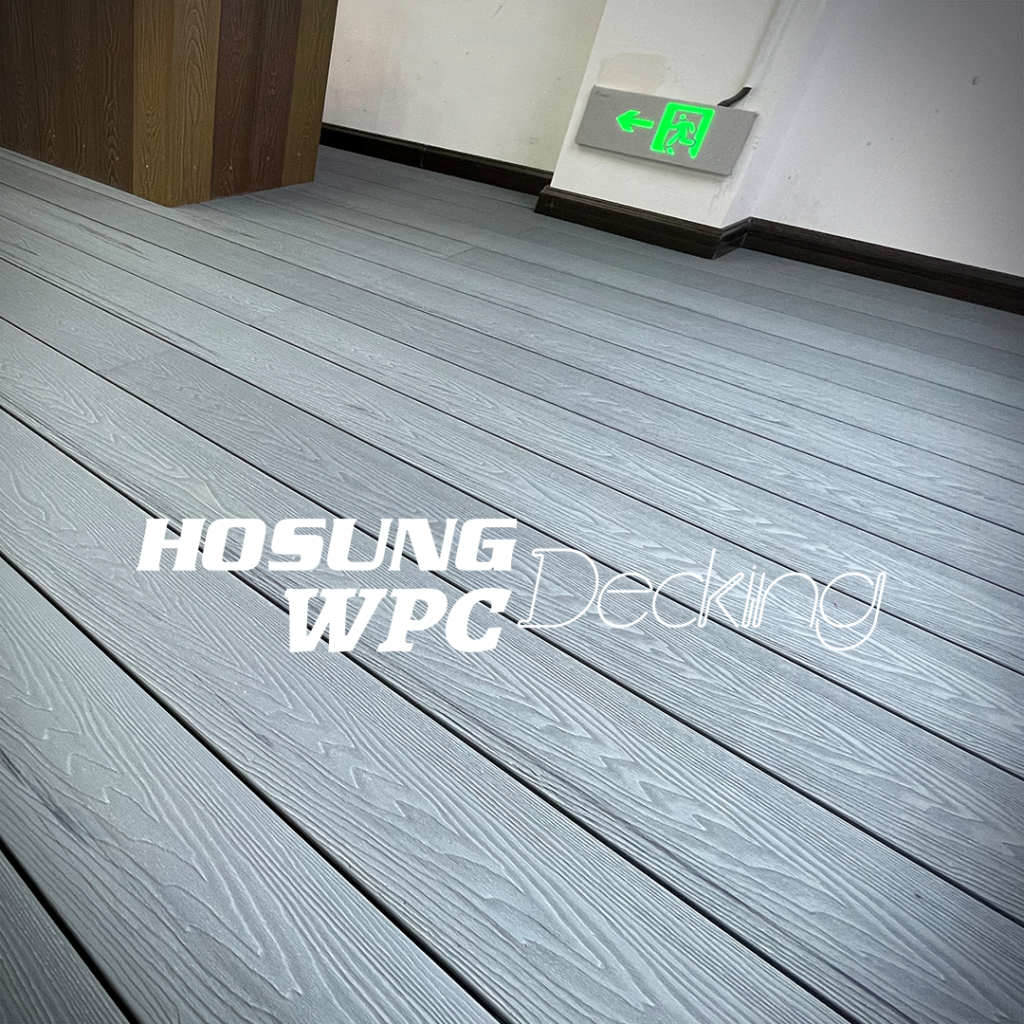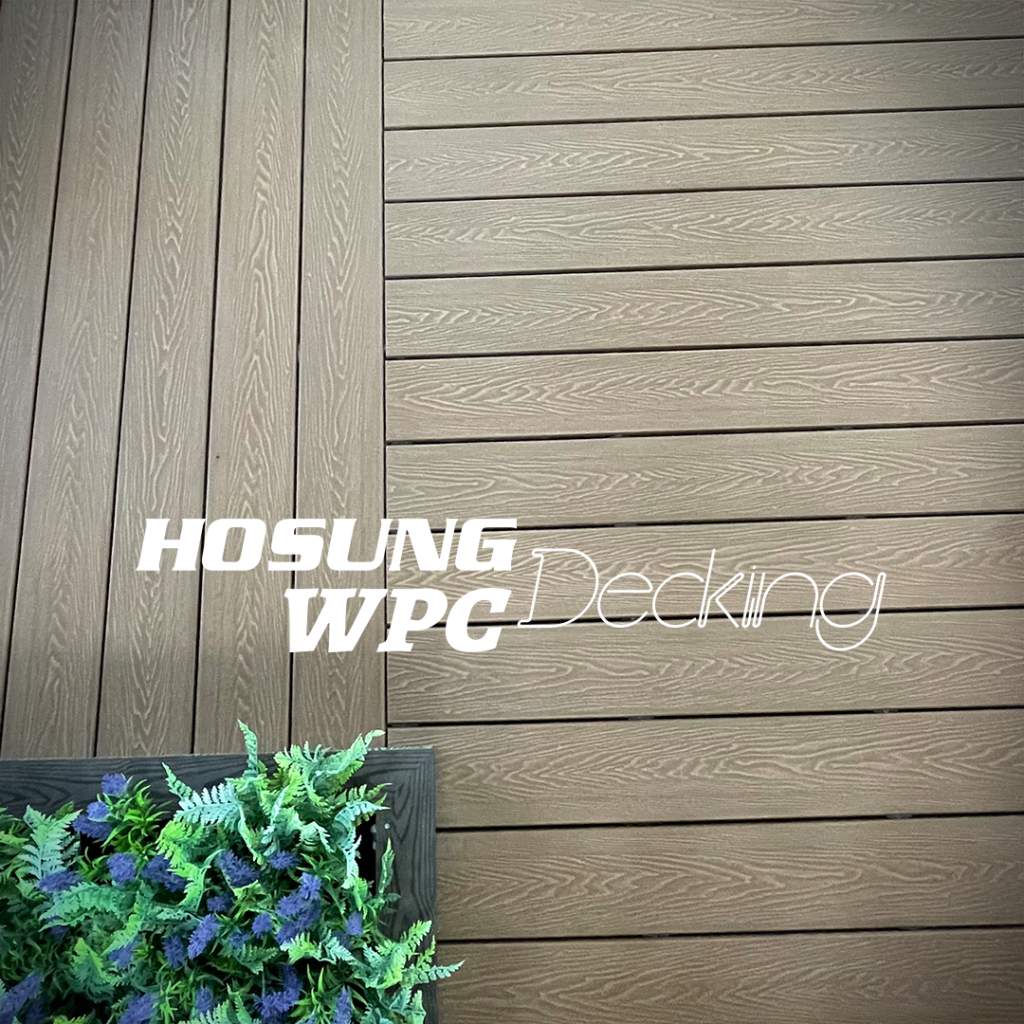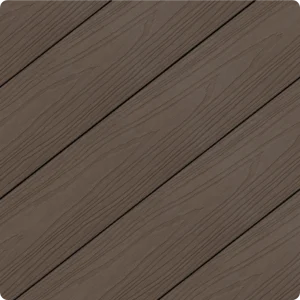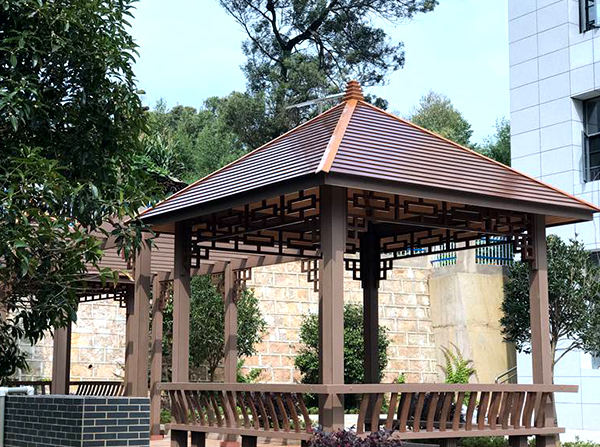Composite Decking Poland: The composite decking market in Poland has seen notable growth in recent years. Driven by increasing consumer awareness of sustainability, durability, and aesthetics, composite decking is becoming a favored choice among homeowners and businesses alike. This report explores the current landscape of composite decking in Poland, including market trends, key players, consumer preferences, and future forecasts.
Table of Contents
Market Overview
The composite decking market in Poland is part of the larger European construction materials market, which is projected to grow significantly. According to Technavio, the global composite decking market is expected to grow at a CAGR of 11.66% from 2024 to 2028. This growth is mirrored in Poland, where rising disposable incomes and a focus on outdoor living spaces are driving demand.
Poland’s decking market is influenced by several factors:
Rising Urbanization: As more people move to urban areas, there is an increasing demand for outdoor spaces, driving the popularity of composite decking.
Climate Considerations: Poland’s varied climate conditions, including cold winters and humid summers, create a need for materials that can withstand harsh weather while maintaining their aesthetic appeal.
Market Segmentation
The composite decking market can be segmented based on several criteria:
Material Type: The market is segmented into wood-plastic composites (WPC) and plastic composites. WPCs dominate the market due to their natural wood-like appearance and cost-effectiveness.
End-Use: Key end-use segments include residential, commercial, and industrial. Residential applications are the largest segment, driven by DIY projects and renovations.
Distribution Channels: The primary distribution channels include direct sales, retailers, and online platforms. Online sales are gaining traction, especially post-COVID-19, as consumers seek convenience.

Key Market Trends
Sustainability: As time goes by, there is a growing preference for eco-friendly materials. Consumers are urgent looking for products which can minimize environmental impact, and composite decking meets this demand by utilizing recycled material.
Innovative Designs: Manufacturers are focusing on aesthetics, offering a variety of colors, textures, and designs. This kind of trend is particularly appealing to consumers looking to enhance outdoor living spaces.
Durability and Maintenance: Composite decking offers superior durability compared to traditional wood decking, requiring less maintenance. This advantage resonates well with Polish consumers, who prefer long-lasting solutions.
DIY Trends: With the rise of home improvement shows and online tutorials, more consumers are inclined to undertake DIY projects, boosting the demand for composite decking materials that are easier to install .
Key Players in the Polish Market
Several prominent companies are shaping the composite decking landscape in Poland. These include:
HOSUNG: A leading supplier of composite decking materials known for its competitive pricing and high-quality products. HOSUNG’s range of composite decking offers excellent durability and aesthetic appeal, making it a preferred choice for both residential and commercial applications.
UPM Kymmene: A significant player in the global market, UPM offers a variety of eco-friendly composite decking solutions in Poland, appealing to the sustainability-conscious consumer.
Trex Company: Known for its innovative products, Trex has a strong presence in the Polish market, offering a large series of composite decking options designed for durability and style.
Fiberon: This company specializes in manufacturing composite decking materials with a focus on sustainability, providing products that are both environmentally friendly and stylish.
Garnica: A manufacturer specializing in wood-based products, Garnica has recently ventured into composite decking, aiming to combine the benefits of both materials to meet consumer needs .

Consumer Preferences
Polish consumers are becoming increasingly informed and discerning regarding their decking choices. Key preferences include:
Aesthetic Appeal: Homeowners are looking for materials that complement their outdoor spaces, favoring colors and textures that mimic natural wood.
Environmental Impact: Many consumers prioritize eco-friendly products, driving demand for decking made from recycled materials.
Cost-Effectiveness: While consumers are willing to invest in quality materials, they also seek competitive pricing. Companies like HOSUNG that offer discounts and promotions are gaining a competitive edge in the market.
Quality Assurance: Consumers are more likely to choose brands that provide warranties and quality guarantees, as they seek long-term investments for their outdoor spaces.
Market Challenges
Despite its growth potential, the composite decking market in Poland faces several challenges:
Competition from Traditional Materials: Traditional wood decking still holds a significant market share due to its established presence and lower initial costs.
Consumer Education: There is a need for increased awareness regarding the benefits of composite decking compared to traditional materials. Education campaigns can help mitigate misconceptions and promote the advantages of composite solutions.
Market Saturation: With the entry of several new players into the market, competition is intensifying, making it essential for established brands to differentiate themselves through innovation and quality .
Supply Chain Issues: Fluctuations in raw material prices and availability can impact production costs and timelines, affecting the overall market.
Future Outlook
The future of the composite decking market in Poland appears promising. With the ongoing trend towards outdoor living spaces and sustainable building practices, demand is expected to continue rising. Industry forecasts suggest that by 2028, the market will have expanded significantly, supported by innovations in product design and material technology.
Technological Advancements: Continuous improvements in manufacturing processes and materials technology are expected to enhance the performance and appeal of composite decking products.
Regulatory Support: Government initiatives promoting sustainable building practices may further boost the adoption of composite decking in Poland.
Market Diversification: As the market matures, there will likely be an increase in specialized products tailored to specific consumer needs, such as slip-resistant or fire-resistant decking options.

Recommendations
In conclusion, the composite decking market in Poland is on an upward trajectory, driven by consumer demand for sustainable, durable, and aesthetically pleasing outdoor solutions. Key players, such as HOSUNG, are well-positioned to capitalize on these trends, offering a range of products that meet the evolving needs of Polish consumers. By focusing on quality, design, and competitive pricing, HOSUNG can strengthen its market presence and contribute to the growth of the composite decking sector in Poland.
Invest in Consumer Education: Initiatives to educate consumers on the benefits of composite decking can enhance market penetration and growth.
Expand Product Offerings: Introducing new colors and styles can attract a broader consumer base.
Leverage Digital Marketing: Utilize online platforms to reach a wider audience, especially younger consumers who are increasingly shopping online.
Strengthen Partnerships: Collaborating with local retailers and online platforms can enhance visibility and accessibility for HOSUNG’s products.
By embracing these strategies, companies like HOSUNG WPC can further establish themselves as leaders in the composite decking market in Poland, providing high-quality, cost-effective solutions for consumers.








